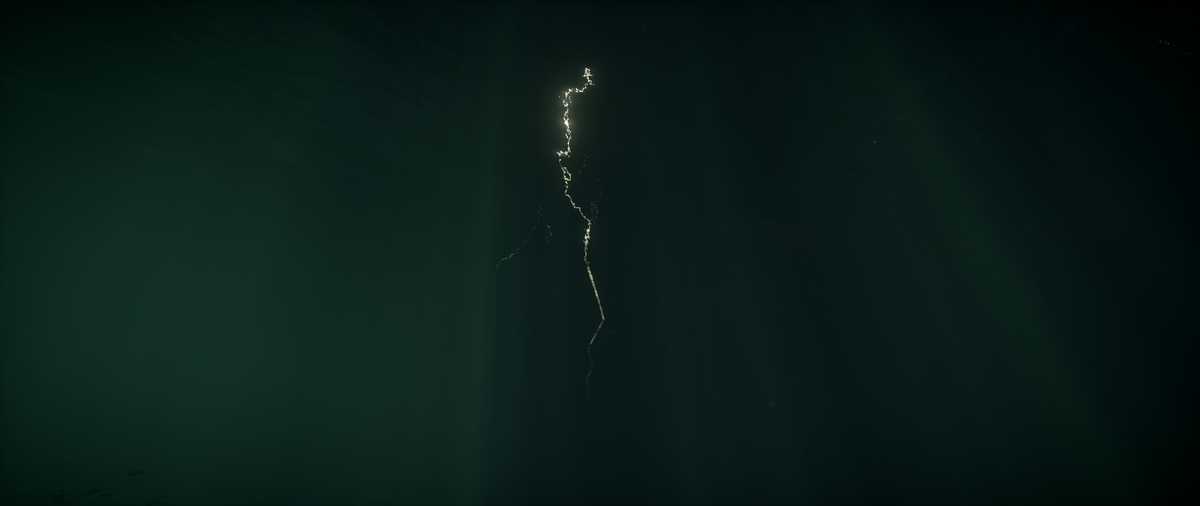⑤ virtual images

The problem I have been dealing with is that of limiting virtual images to the body. Bergson's motor-diagramme seems to distinguish movements, the movements specifically across the surface of the brain of electrical impulses, to limn out the forms particular to . . . as I am doing now . . . the words we use which express our ideas: when we listen to someone speaking a language we understand these movements occur of recognition; when we answer the words we use flow into the empty vessel, so to speak, made all of movement, as if a braided river. (I am working through the problems in this Digest I find in Bergson, counting each problem solved, at least temporarily, a stepping-stone. Why Bergson? His problems are not ours; and yet they are: it's like a distortion layer has intervened, interrupting the clarity of his expression. And it's this I call the region of images.)
OK, so we diagramme movements (and meta-diagramme ideas) and these movements are not images. They are not despite that we have and can diagramme moving images in cinema. This is what Deleuze does in Cinema 1 and 2. Cinema has joined the region of images. Not images, they are, writes Bergson virtual images. In other words they are not yet actualised. They are then like the electrical impulses corruscating across the brain. However, Bergson writes that in vain do we seek their trace in anything actual and already realised:
we might as well look for darkness beneath the light. (55)
Is this to find the virtual image solely in that perception which is biological? i.e., in the case of language recognition, having the form of electrical impulses, in the brain. Once perceived the image is actualised, and this would be what we see from instruments which can show where the brain lights up: the enormous caveat being that it is its own image and bears as little relation to the word of which it is the motor-diagramme as it does to the idea we form of what we recognise in it, which is, in turn another virtual image becoming actualised. The problem is that to constrain perception to virtual traces in the body, on the brain, makes us a living memory, which in a certain sense, our habits having remembered themselves in our makeup, we are. If it is of ideas we are the living memory, then we have the same problem Bergson is writing about in chapter 2 of Matter and Memory: all those virtual traces are going to need a heap of room. This has been mooted as what in evolution drives the folding of that surface across which the electrical impulses play, the crenellations of the brain, its gyri and sulci.
And we can further simplify, because, just as the motor-diagramme is not all of the word, its virtual image is not the image in all its detail. Then, wouldn't it be a mistake to think that words, for example, from different languages, could share the same virtual image or motor-diagramme? when even the same sounds do not. (This is the idiocy behind probabilistic mind-captioning. Or what Bergson calls associationism. Not to say that it can't be a helpful idiocy, but, as I am writing in another post, there is a point where simplicity becomes simple-minded.) And for all the images of which we are capable to calculate there would be space for their virtual traces, even if we extend from the brain to take in the whole body? This is the problem, to restrict all forms of actual images to their biological data, or, to points in the motor-diagramme, their movements.
The problem is solved if we cease to think of it in terms of space and think of it in terms of movement for Bergson, a solution since the advent of moving images we don't have recourse to, and so the virtual, in exceeding the material and its confines, comes to resemble something like the transcendental. If we take the cinematic route, we have the recording of movements in time, sure, but as space; or, as now, with digital storage, energy. The virtual images actualised in perception are in the pure energy of the subcomputational biological living organisms we are. By this route we return to the initial problem of the body.
The solution is rather found, than in the transcendental realm, than in time cinematically conceived or information energetically conceived, in the exteriority of perception. Wait, by outside are we referring to outside of material existence? No, inbetween, Bergson might say, matter and energy: we are referring to perception as enactment. Biological perception enacts the matter-energy compound we call the body. It is one passage from, going by Bergson's quote, if not the classical image, darkness to light.
The passage, like the form, like the forms of streams braiding themselves into rivers, describes the virtual image: it is its perceptual trace. And there are as many passages, in contrast to the classical image, from darkness to light as there are perceptions. Each leaves a perceptual trace, a virtual image, actualised in perception. Each word you read here between the energy I am trying to instill in it and the material form it takes as writing is the virtual image of this perception, and this perception what is called thinking—stepping-stones.

